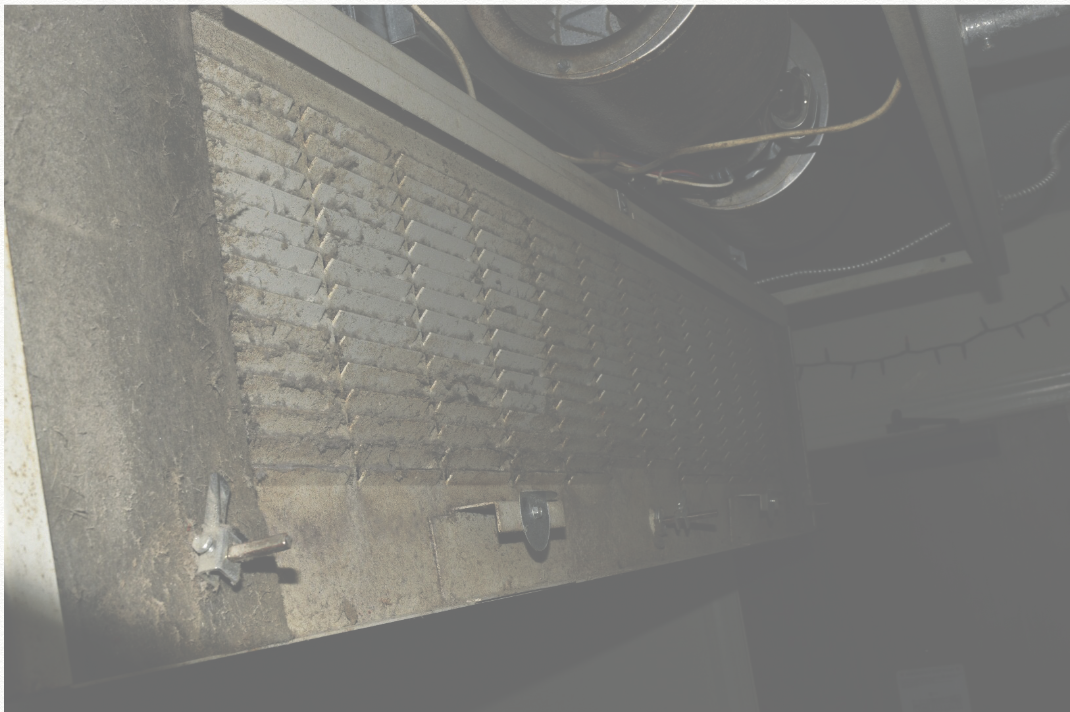If there is one thing I know for certain, it is that if I am paying close to $60,000 per year to go to college, my environment should be healthy. Not just the kind of healthy that passes the tests, but absolutely free of any preventable environmental allergens like mold.
After hearing the accounts of multiple students living on-campus, it is clear there is some sort of “environmental factor” impeding their health, and all of their symptoms are pointing towards mold being present.
During my freshman and sophomore year, I was sick at least every other month. Yes, being around hundreds of students with germs is not going to help my immune system; however, the fact that I have been living off-campus for almost a full year and I have not gotten sick once is genuinely concerning.
This is our home, and our health deserves to be recognized. Students being told by Wellness Center nurses that their illness is mold-related is simply unacceptable. Students having to pack up their things and move residential halls to escape an “environmental factor” is inexcusable.
When casually discussing the issue with other students, almost all have stories to tell. Whether it is visible mold on the communal bathroom walls or mysterious black spots along their ceilings, there is one very alarming theme among all the reports: how casually it is treated. Students do not fully realize that what they are seeing has adverse health effects.
Mold is a serious problem and is frequently seen among college campuses. In fact, as this is being published, Morris College in South Carolina is being sued $55 million for failure to fix a mold problem in campus dorms.
Some students who lived in the conditions were hospitalized because of the mold exposure, and others wound up dropping out from severe illness. Closer to home in Miami, at Stanford Residential College, students returned from winter break to have personal items destroyed by moisture and mold in their rooms.
With Rollins being a primarily residential campus, its on-campus living conditions should be held to a higher standard.
When students are required to live in these residential halls for at least two years, they have the right to a healthy environment free of mold or other environmental risk factors, especially at the steep price they are paying.
In order to ensure that all students are living in a comfortable, safe environment, I call on Rollins to test the air quality and inspect the walls of all rooms of any on-campus living space. This needs to be prioritized over building new facilities and renovating office spaces.
The time, energy, and money going towards these new campus additions should be put towards ensuring the current environment of today’s students is not a risk.







Be First to Comment